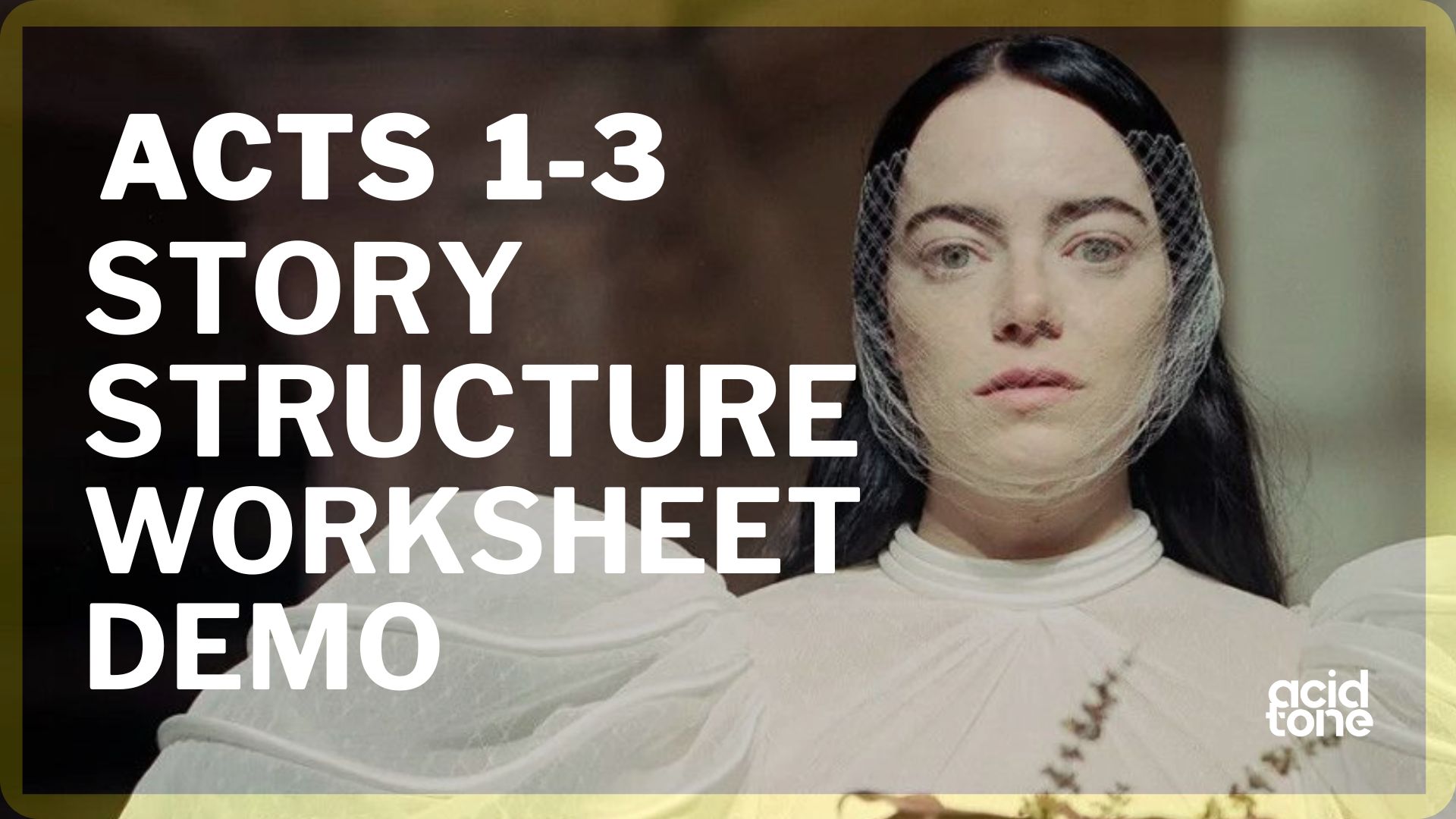In storytelling, structure is the unseen hand guiding us through worlds of chaos, magic, and transformation. It is the pulse beneath the surface that gives shape to journeys as varied as those in Fight Club, Spirited Away, and Poor Things. The three-act structure brings order to these sprawling narratives, offering a path through the fire of identity crises, otherworldly enchantments, and fractured souls.
Fight Club: The Destruction of Identity
The first act of Fight Club introduces us to the unnamed narrator, suffocating under the weight of a consumer-driven life. His meeting with Tyler Durden signals the inciting incident—a confrontation with his repressed desires. As we transition into the second act, Fight Club forms, and the boundaries of identity blur. The stakes rise as Tyler’s chaotic vision, Project Mayhem, spirals out of control. In the final act, the shocking revelation that Tyler and the narrator are the same person leads to a climactic battle within the self. The narrator’s ultimate act of violence against Tyler signals a desperate attempt to reclaim his identity.
Spirited Away: From Fear to Courage
Chihiro’s journey begins in the mundane world, where she is a reluctant participant in her family’s move. The inciting incident occurs when her parents transform into pigs after eating the food of the spirits. In the second act, Chihiro adapts to life in Yubaba’s bathhouse, growing stronger with each challenge. The stakes are raised as Chihiro embarks on a perilous journey to save Haku and return a stolen seal. The climax comes when she faces Yubaba’s final test, identifying her parents among a group of pigs. Through this act, Chihiro proves her growth, reclaiming her name and her power. Her journey closes with a return to the ordinary world, now forever changed.
Poor Things: The Rebirth of Self
In Poor Things, Bella Baxter’s journey begins with her resurrection—a reanimation that is as physical as existential. Her first act is marked by her reintroduction to life, with the inciting incident being her escape with Duncan. The second act dives into Bella’s exploration of the world, challenging societal norms and conventions of womanhood. Her character arcs across a landscape of desire and rebellion, breaking free from the expectations placed upon her. The climax arrives when Bella seizes control of her fate, fully embodying the autonomy she has fought for. The final act returns her to where her journey began but as a new, self-actualized woman.
Across these films, the three-act structure anchors the wildest flights of fantasy and rebellion. This framework unearths the deeper currents of transformation, where identity is not given but earned—through fire, courage, and the reclaiming of the self.
Downloadable The full Story Structure Worksheet for Each Film/Video
To assist you in crafting Act 1-3 of your screenplay, we offer a downloadable Story Structure Worksheet for each video. This tool will help you outline your plot, develop your characters, and navigate the complexities of Act 1-3 with confidence.

Sit back and Create your next masterpiece
With a range of Guided Story Planners that help make the process way more easier.
FROM THE BLOG
Latest News

Breaking the Code: The Three-Act Structure in The Matrix
Read more: Breaking the Code: The Three-Act Structure in The MatrixDiscover the three-act structure in The Matrix through Michael Hauge’s plot story outline, unveiling the film’s captivating narrative and timeless themes.


